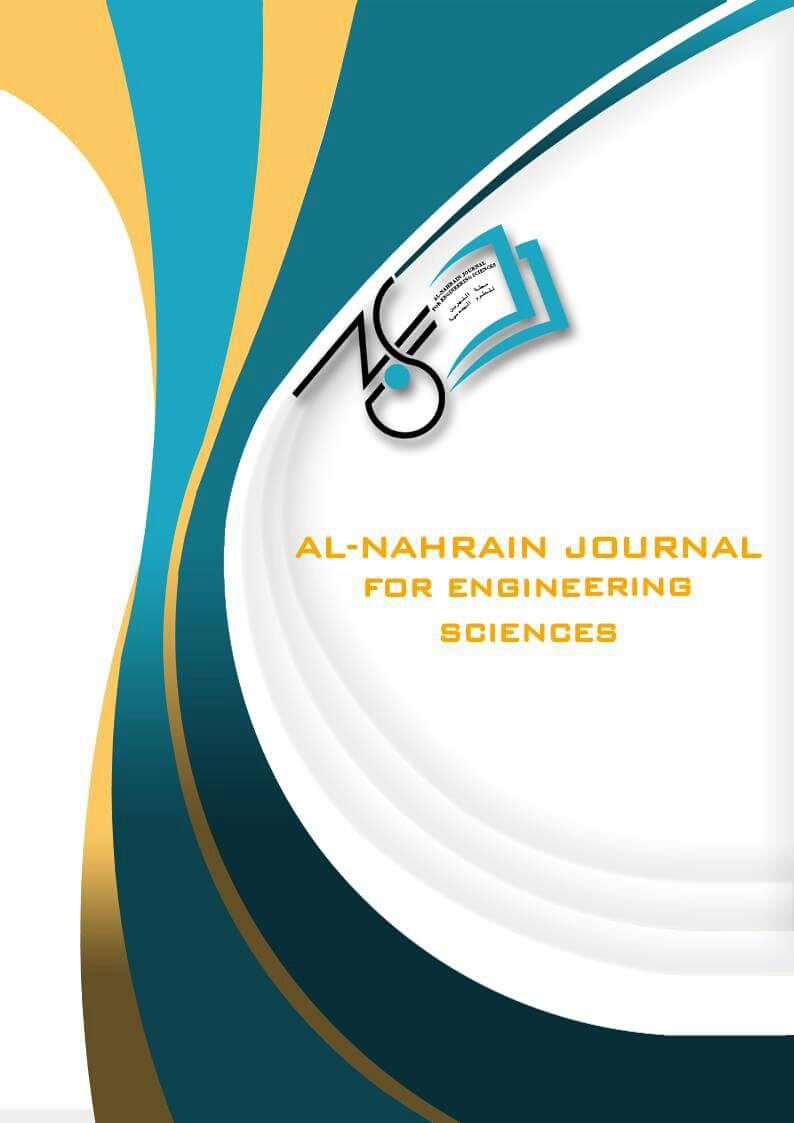Abstract
Thyroid nodules (TNs) are discrete abnormalities located within the thyroid gland that are radiologically different from the surrounding thyroid tissue. Ultrasound is an accurate and efficient way to diagnose thyroid nodules. Recently, several methods of AI were proposed to improve the detection of thyroid nodules ultrasound images with good performances. However, in some cases related to the type or size of the dataset using machine or transfer deep learning methods alone is unable to achieve high accuracy and high specificity. Consequently, the addition of feature selection)FS) to the deep learning method enhances the results by reducing the high features and the time needed for training the dataset. This study proposes two deep-learning models for classifying thyroid nodule US images into two categories: benign and malignant. ResNet50 was the first model used to extract deep features from US images. The second model integrates ResNet50 and principal component analysis (PCA) for feature selection, intending to reduce dataset dimensionality while maintaining the greatest data variance possible before classification. The proposed model was created using a freely available dataset. The dataset consists of 800 images, 400 benign and 400 malignant. The suggested system was accessed based on accuracy, precision, recall, and F1 score. The detection accuracy for ResNet50 was 85%, while ReNet50-PCA was 89.16%. The combination of deep learning and FS techniques in this research produces an interesting diagnostic framework that can potentially increase efficiency and accuracy in thyroid cancer detection, especially in local healthcare centers.
Keywords
Feature Selection
principal component analysis
thyroid nodules
Transfer Learning ResNet50
ultrasound
Abstract
عقيدات الغدة الدرقية (TNs) هي تشوهات منفصلة تقع داخل الغدة الدرقية وتختلف إشعاعيًا عن أنسجة الغدة الدرقية المحيطة. الموجات فوق الصوتية هي وسيلة دقيقة وفعالة لتشخيص عقيدات الغدة الدرقية. في الآونة الأخيرة، تم اقتراح عدة طرق للذكاء الاصطناعي لتحسين الكشف عن صور الموجات فوق الصوتية لعقيدات الغدة الدرقية مع أداء جيد. ومع ذلك، في بعض الحالات المتعلقة بنوع أو حجم مجموعة البيانات باستخدام الآلة أو نقل أساليب التعلم العميق وحدها غير قادر على تحقيق دقة عالية وخصوصية عالية. وبالتالي، فإن إضافة اختيار الميزات إلى طريقة التعلم العميق يعزز النتائج عن طريق تقليل الميزات العالية والوقت اللازم لتدريب مجموعة البيانات. تقترح هذه الدراسة نموذجين للتعلم العميق لتصنيف صور عقيدات الغدة الدرقية في لموجات فوق الصوتية إلى فئتين: حميدة وخبيثة. كان ResNet50 هو النموذج الأول المستخدم لاستخراج الميزات العميقة من صور الموجات فوق الصوتية. يدمج النموذج الثاني ResNet50 وتحليل المكونات الرئيسية (PCA) لاختيار الميزة، بهدف تقليل أبعاد مجموعة البيانات مع الحفاظ على أكبر تباين ممكن في البيانات قبل التصنيف. تم إنشاء النموذج المقترح باستخدام مجموعة بيانات متاحة مجانًا. تتكون مجموعة البيانات من 800 صورة، 400 صورة حميدة و400 صورة خبيثة. تم الوصول إلى النظام المقترح بناءً على الدقة والإحكام والاستدعاء ودرجة F1. كانت دقة التصنيف لـ ReNet50 هي 85%، بينما كانت 89.16% ل ReNet50-PCA. إن الجمع بين تقنيات التعلم العميق واختيار الميزات في هذا البحث ينتج إطارًا تشخيصيًا مثيرًا للاهتمام لديه القدرة على زيادة الكفاءة والدقة في الكشف عن سرطان الغدة الدرقية، خاصة في مراكز الرعاية الصحية المحلية.
